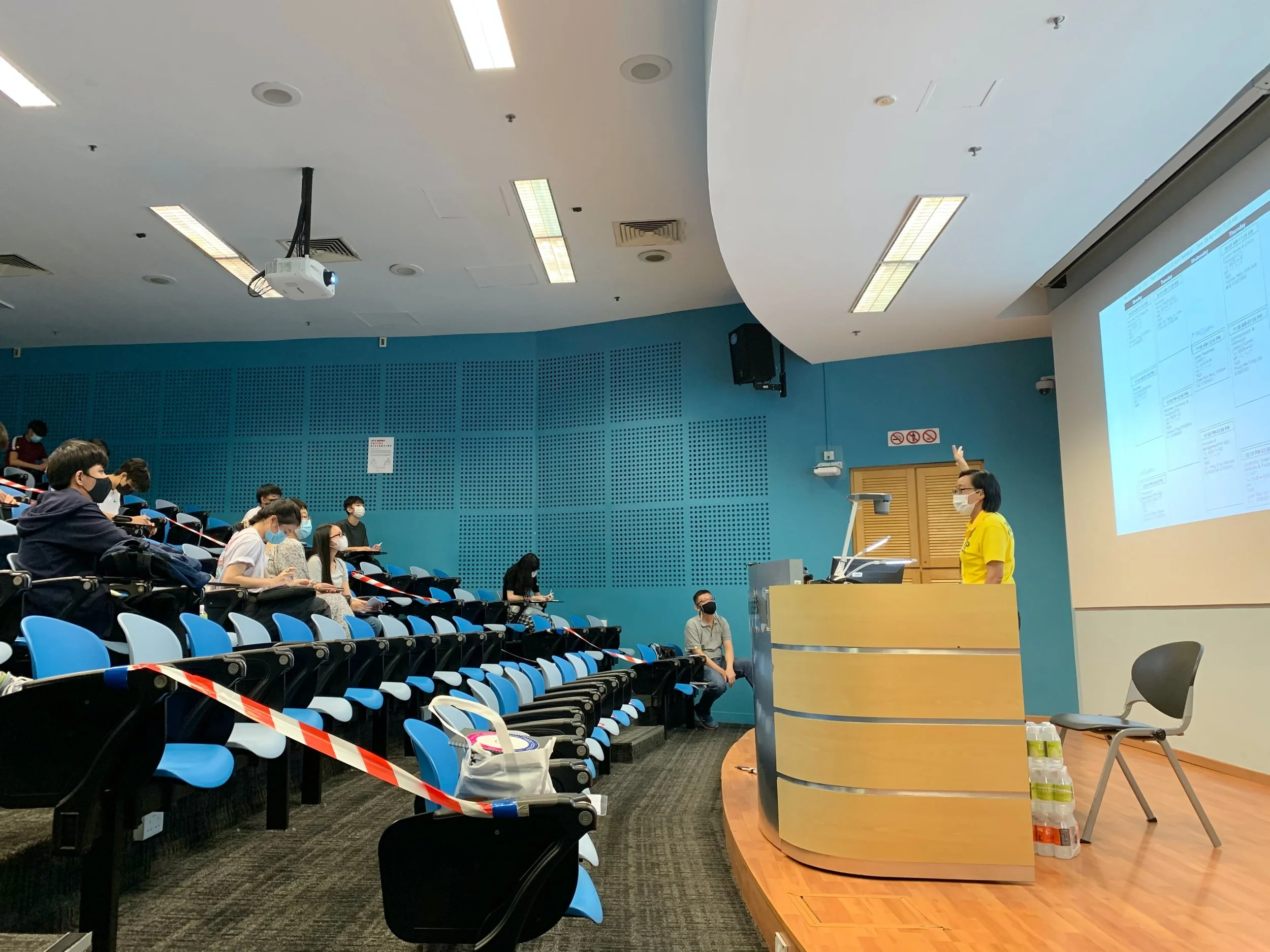Universities face an interesting challenge.
The popular demand for university education is having two observable effects.
First, the number of students in the lecture room is growing. Every teacher is aware of the challenge that an ever-increasing first-year class poses in a full lecture theatre. How does the teacher pace a session with the wide range of abilities in the room? How can they formatively assess each student’s progress? How can material be adapted to suit an individual’s learning pace? And how can the brightest minds be stimulated whilst not leaving the others behind and putting them off.
Photo by Summer Summer on Unsplash.
Second, not every student is in the room. During the COVID19 pandemic, student learning in enormous lecture halls came to an abrupt stop being replaced by online learning. The demand for remote learning shot up and video conferencing tools helped to significantly support student attendance. It demonstrated that it is possible to broaden course access for greater international participation, in-person and levelling up. Although, access to labs and practical work with in person attendance remained a challenge and could not be replicated online.
When selecting a university, students and their parents want value for money, a qualification that will set them on a rewarding career trajectory coupled with a memorable and engaging student experience. This includes factors from living in a thriving area, to recreation and the nature and prestige of the course. Students expect higher education to help them find their element, the thing that sparks their interest, something they can’t put down and want to do more of. Everybody wants to spend their life in their element, living to work, not working to live, on a journey that encourages creativity and learning through curiosity.
Photo by Wonderlane on Unsplash
These student expectations are then added to the ever increasing pressures of running a university. Scholarships, publications, research funding, impact, administration, supervision, commercialisation are all in the annual professional development review alongside teaching. University staff are overloaded and there aren’t enough hours in the day to excel at all and staff inevitably pick their focus and try to be efficient with the rest.
As a result of this, Programme Directors and Faculty Heads are starting to question how remote learning is impacting student acquisition, engagement and retention in a competitive market. Will courses largely based on hours of online learning appeal to students looking to spend supposedly the best three years of their life? On-campus learning is key to student experience but how can this be balanced with the benefits of teaching online or to utilise the best that technology has to offer?
How can universities successfully meet the challenge of stimulating interest, thoughtfulness and learning in a large class with both in-person and remote participation?
I will answer these questions in part 2 of this blog post, stay tuned!
POST AUTHOR
David Lane CBE FREng FRSE
Executive Chair, Consequential Robotics
Professor Emeritus,
Co-Founder Edinburgh Centre for Robotics, National ROBOTARIUM, Heriot-Watt University, University of Edinburgh, Scotland, UK




